Effectiveness of Silicone Foam Dressings in ICU Patients
VerifiedAdded on 2022/08/22
|5
|773
|16
Discussion Board Post
AI Summary
This discussion board post examines the effectiveness of silicone foam dressings in preventing pressure injuries in Intensive Care Unit (ICU) patients. The author begins by outlining the PICO components (Population, Intervention, Comparison, Outcome) related to the topic and explains the need for evidence review to support the use of these dressings. The post predicts that silicone foam dressings, due to their material properties, would be effective in reducing friction and pressure, thus preventing pressure ulcers. Two peer-reviewed studies are then analyzed, both of which support the efficacy of silicone foam dressings in lowering the incidence of pressure injuries in ICU patients. The author concludes that, based on the available evidence, the use of silicone foam dressings is effective in preventing pressure ulcers in critically ill ICU patients. The studies used randomized control trials and quantitative research methods and provide reliable results. Therefore, patients who receive silicone foam dressings during their ICU admission have a lesser chance of developing pressure injuries compared to those who do not.
1 out of 5
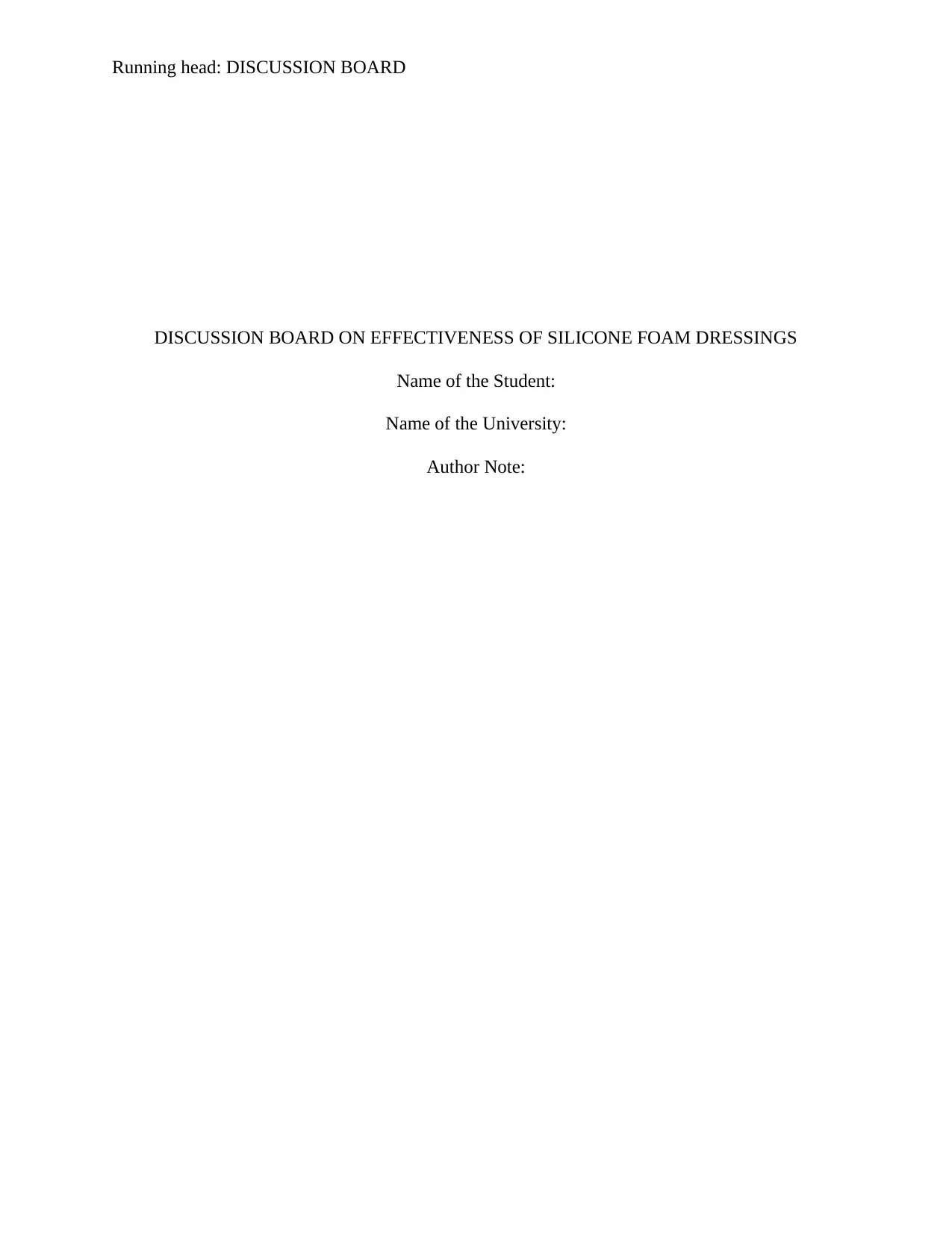
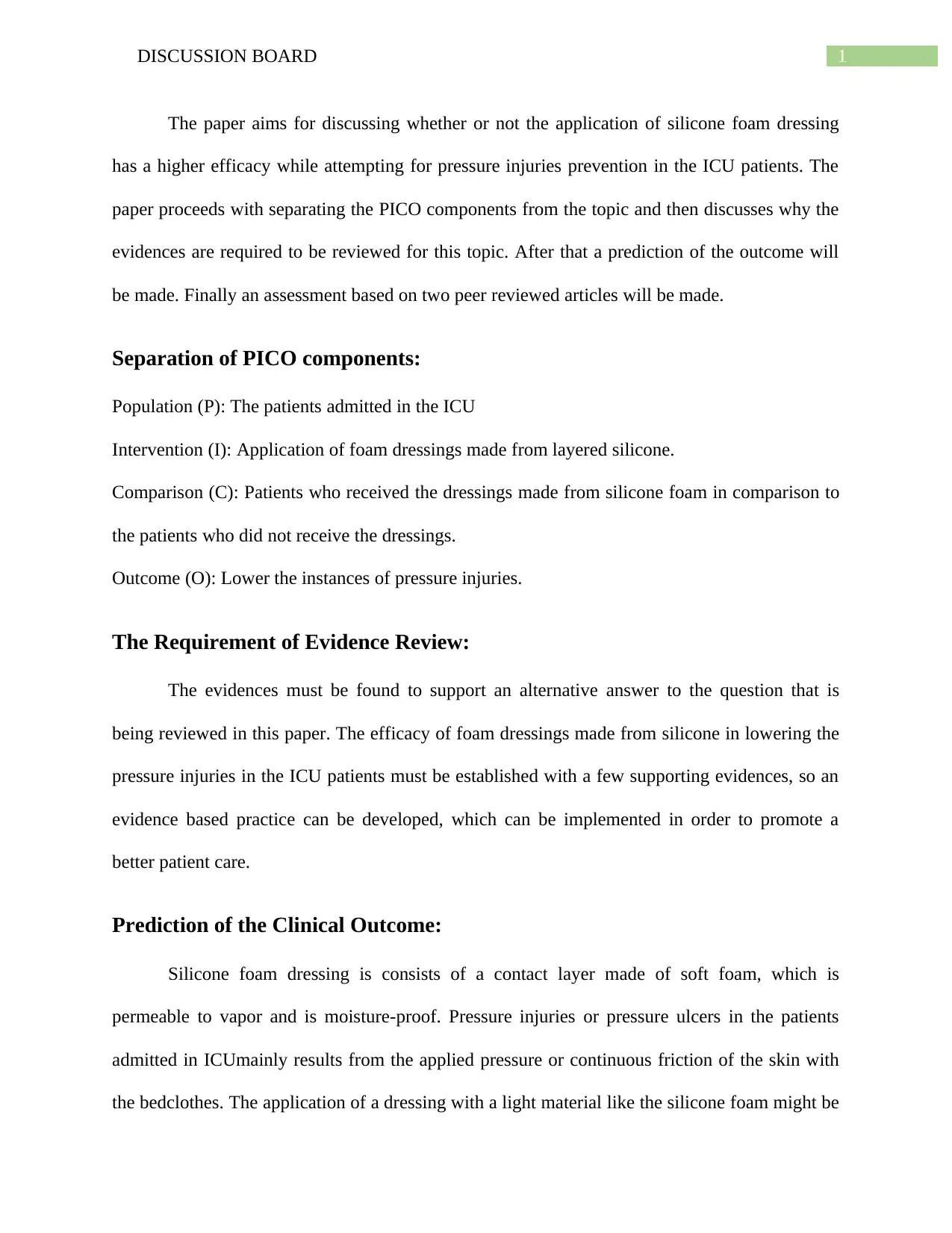
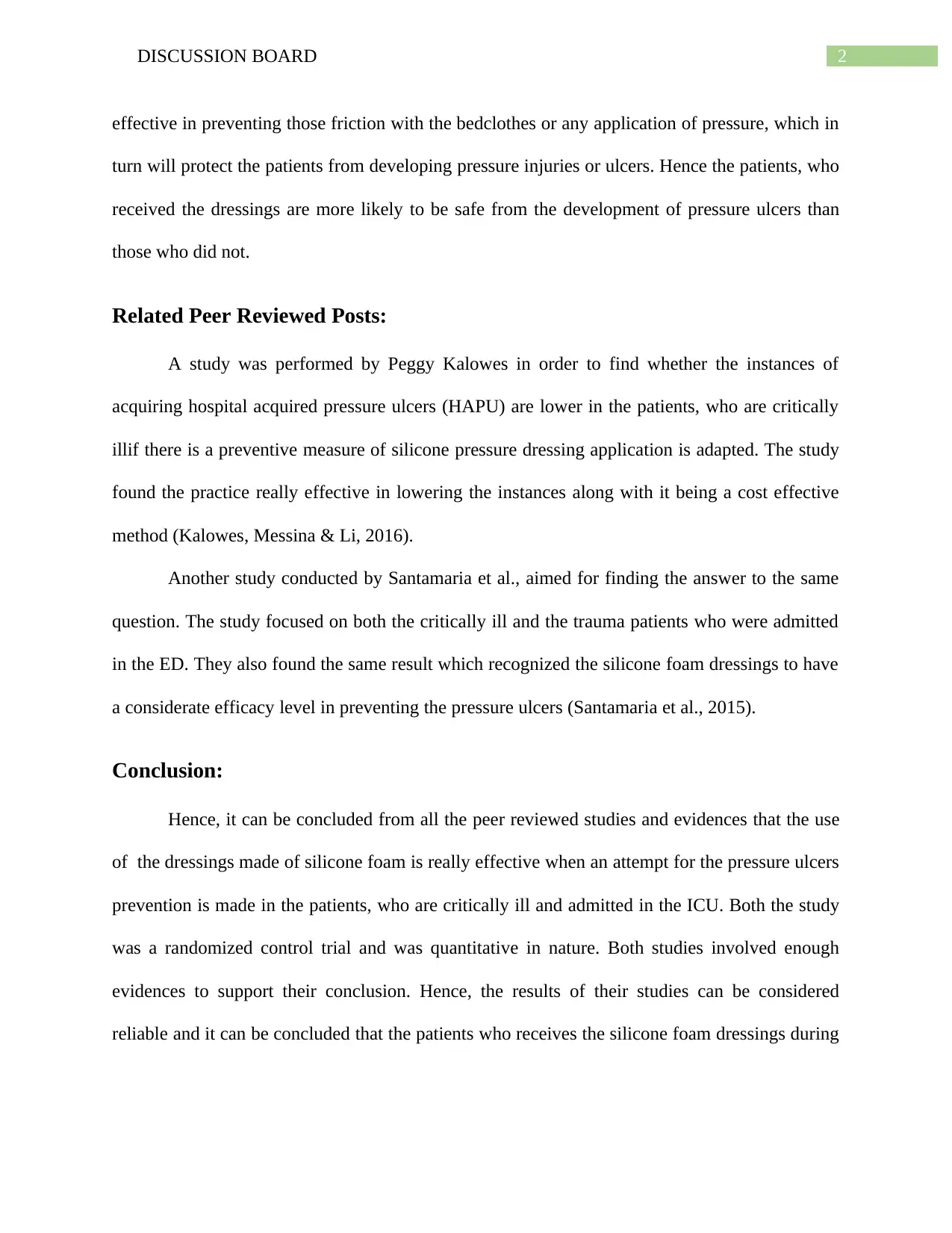

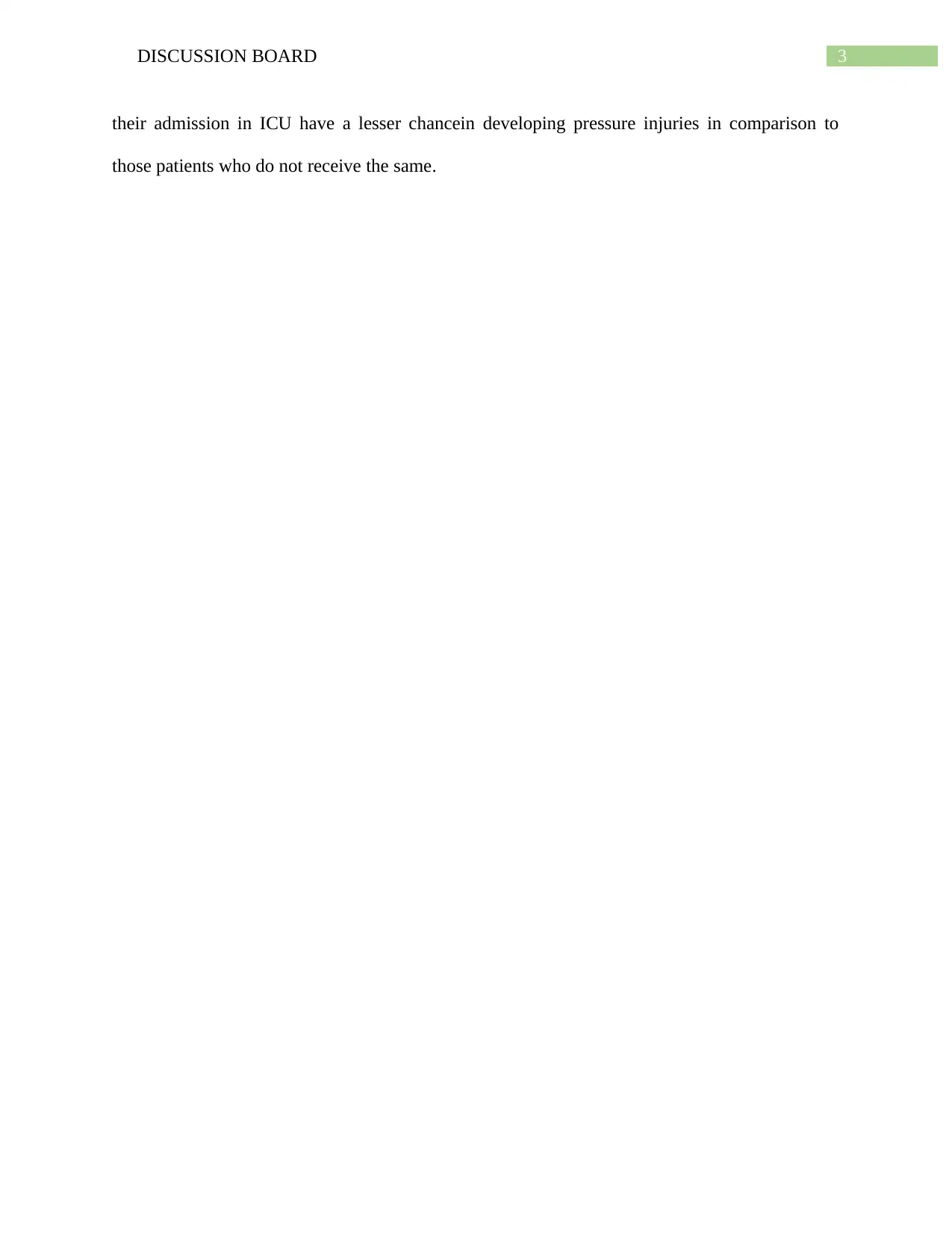
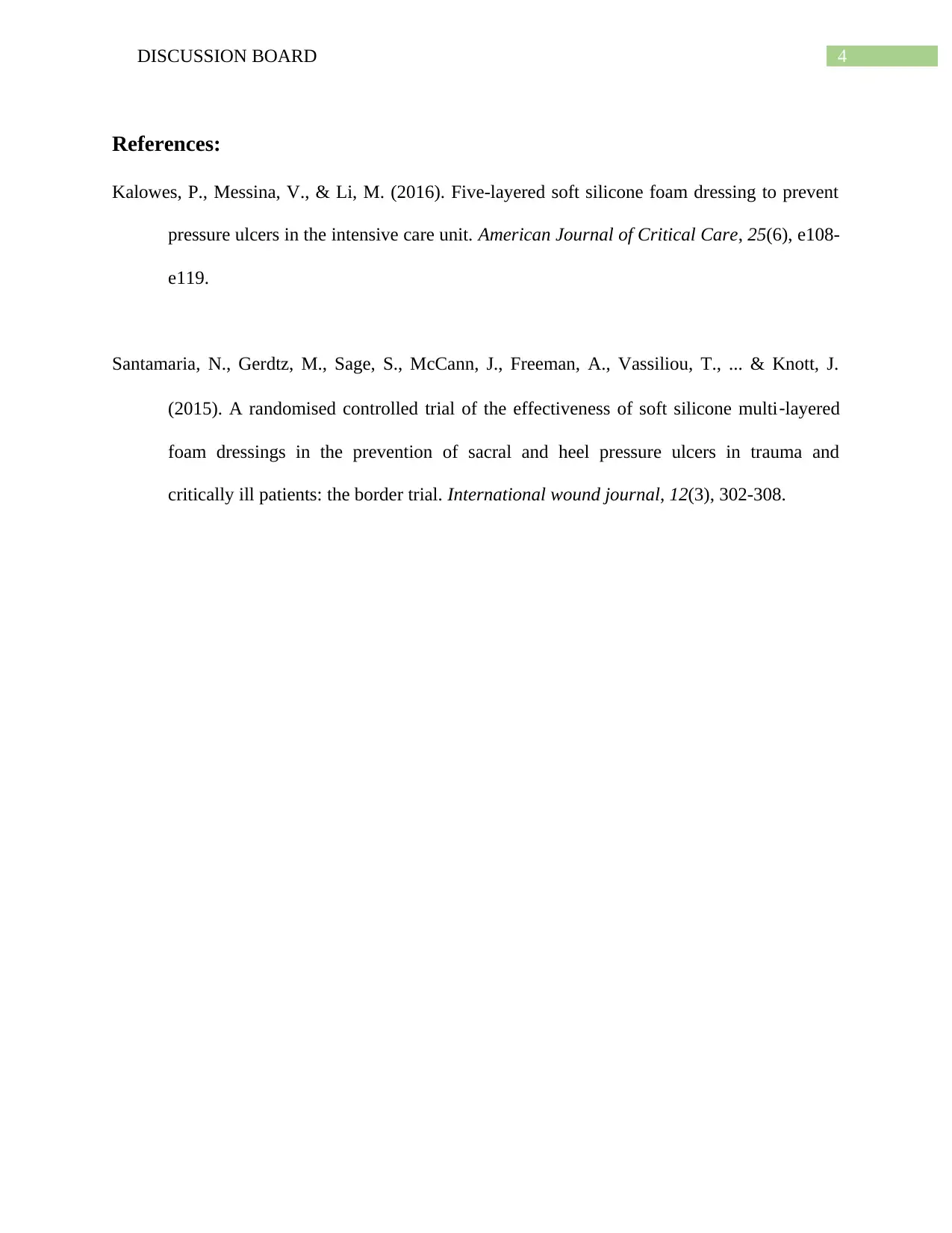






![[object Object]](/_next/static/media/star-bottom.7253800d.svg)